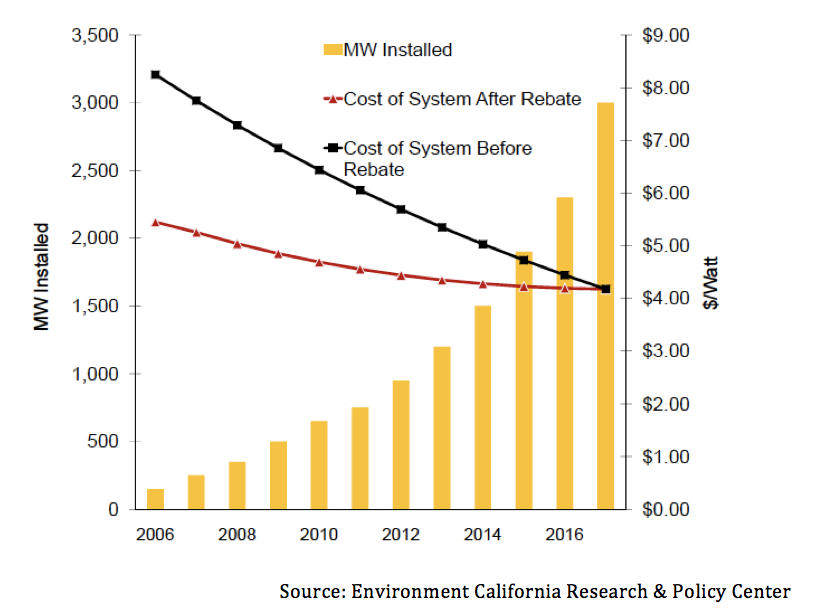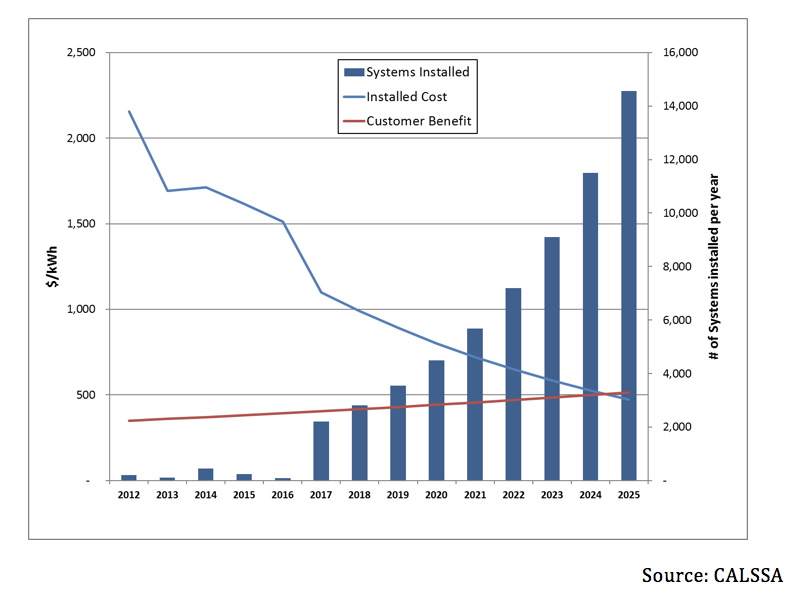Includes Visionary Solar Plus Storage Option
SACRAMENTO—Making it official, the California Building Standards Commission (CBSC) unanimously confirmed the new standards that require solar on new homes in California starting in 2020. This final regulatory vote confirms that the California Energy Commission (CEC) followed the correct process in developing the new rules established in May, making California the first state in the country with the clean energy requirement. The new rules include a solar plus storage option to give consumers more clean energy choices.
"It’s officially official. Solar will be required on new California homes starting in 2020,” said Kelly Knutsen, Director of Technology Advancement for the California Solar & Storage Association (CALSSA). “These highly energy efficient and solar-powered homes will save families money on their energy bills from the moment they walk through their front door. Homebuyers will also have a solar plus storage option, allowing their home-grown clean energy to work for them day and night.”
The CBSC voted today to confirm that the CEC followed the correct process to increase the clean energy requirements in the California Building Energy Standards. Updated every three years through a rigorous stakeholder process, the standards require California homes and businesses to meet strong energy efficiency measures, lowering their energy use. For the first time, they will require solar photovoltaic (PV) panels to be installed on new low-rise residential buildings starting January 1, 2020. Low-rise residential buildings include single family homes and multi-family buildings of three stories or less; therefore apartments and condos are included in the new standards. Additionally, the vote sets a path forward for solar plus storage in new homes by providing a storage option if the homeowner chooses. The standards also continue solar water heating provisions for larger buildings, allowing solar energy continue to help reduce the water heating needs of our buildings.
For the past three years, the CEC performed detailed analysis on the new requirements, and gathered official public input from all stakeholders -- utilities, home builders, solar industry, lighting industry. Their analysis showed the new solar requirement will be cost-effective in all climate zones in the state – from the mountains to the Central Valley to the coast. The CEC stated that homeowners would save $40 dollars each month, or roughly $500 per year, due to these new standards. This is because even though the new energy efficiency and solar requirement would add roughly $40 per month to the mortgage payment, the savings on the homeowners’ energy bills is expected to be about $80 per month.
Currently the solar industry installs solar on roughly 150,000 new and existing homes in California each year, with roughly 15,000 of those projects being new homes. California on average builds 80,000 new homes annually. Starting in 2020, those new homes will have solar; a four-fold increase compared to today.
###






